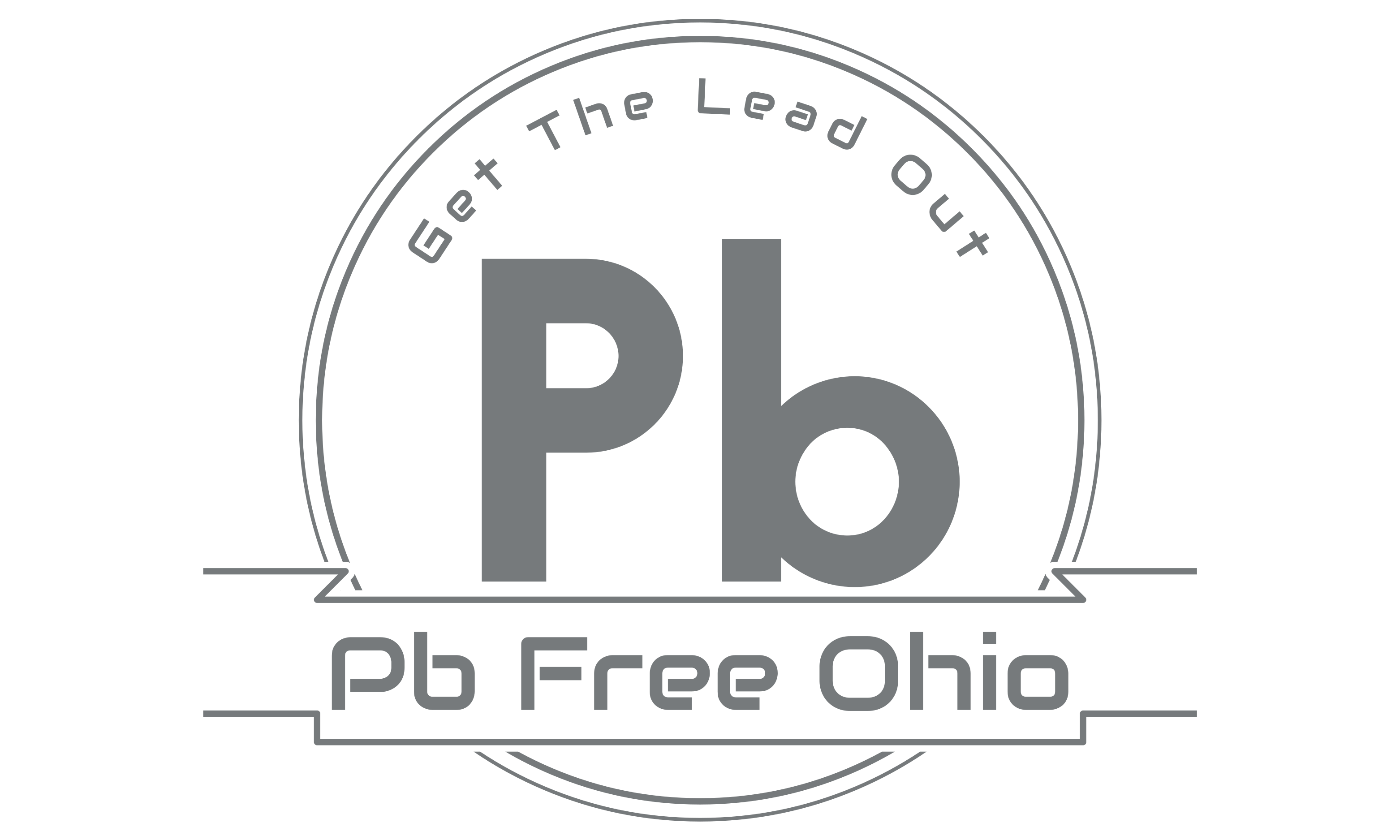COMMENTARY FROM ZAK: I am not sure if this will force insurance companies to cover lead paint losses. Somehow I believe the insurance companies will find a loophole to still consider this an “excluded peril”.
Two recent rulings from the Ohio Supreme Court provided a mix of benefits and concerns for policyholders in the state, experts say, with one ruling shielding them from public nuisance lawsuits and the other removing insurance coverage for those claims.
The Dec. 10 ruling in In re: National Prescription Opiate Litigation paves the way for the reversal of a $650.9 million verdict against pharmacy giants CVS Health Corp., Walgreens Boots Alliance Inc. and Walmart Inc. because the court found public nuisance claims brought by two counties were barred by the Ohio Products Liability Act, which was enacted in 1990 and amended in 2005 and 2007.
In the decision, which answered a certified question from the 6th U.S. Circuit Court of Appeals, the state high court said the counties’ claims should be dismissed because public nuisance allegations fit within the OPLA’s definition of a product liability claim.
The court’s “straightforward and reasonable” interpretation of the OPLA benefits companies by potentially limiting public nuisance lawsuits brought by municipalities, said Washington-based insurance recovery attorney Tae Andrews, senior counsel at Calfee Halter & Griswold LLP.
The decision should also prompt policyholders to look to product liability policies for coverage of public nuisance suits brought in other jurisdictions, he said.
Additionally, companies and their brokers should consider providing wide notice under several different types of policies, he said.
“Policyholders and their brokers sometimes like to think too small and pigeonhole themselves into thinking only one kind of policy can provide coverage against a lawsuit. That’s a mistake because often there are several different types of policies that can and actually do cover various forms of liability claims,” Mr. Andrews said.
“If the Supreme Court of Ohio is seeing these public nuisance claims as product liability claims, it stands to reason that product liability insurance should cover them,” he said.
In its second ruling from Dec. 10, Sherwin-Williams Co. v. Certain Underwriters at Lloyd’s London et al., the Ohio Supreme Court reversed a ruling requiring insurers to cover Sherwin-Williams’ portion of a $305 million abatement fund established to address the hazards caused by lead-based paint in California.
“What the court did here was certainly a net negative for policyholders,” said Matthew Chiricosta, a Cleveland-based policyholder partner at Calfee Halter, who was counsel for amici curiae The Ohio Manufacturers Association and several companies.
It was fortunate for policyholders that the court did not address the insurers’ arguments that coverage was barred by an exclusion for expected or intended losses and that there was no coverage because the 2000 lawsuit filed by Santa Clara County, California, did not seek damages “because of” personal injuries or property damage, he said.
Scott M. Seaman, a Chicago-based insurance coverage partner at Hinshaw & Culbertson LLP, said the Sherwin-Williams decision “should not have come as a surprise to astute observers as the Ohio Supreme Court made the same ruling with respect to opioids in its September 2022 ruling in Acuity v. Masters Pharmaceuticals.
“The court correctly reasoned that a payment into an abatement fund was not to compensate individual plaintiffs for past harm but instead was made to eliminate future harm. Such payments are not covered under liability policies because they are not ‘damages,’” he said.
The ruling should alert policyholders about the importance of jurisdiction, said Michael Levine, a Washington-based insurance recovery partner at Hunton Andrews Kurth LLP.
“The big takeaway for policyholders from Sherwin Williams is that you have to do your homework on venue and choice of law analysis at the outset to ensure that the coverage case is brought in the most favorable jurisdiction,” he said.
Insurance policies are “creatures of state law,” so state law principles and precedent primarily determine the outcome, Mr. Levine said.
“Understanding how venue can affect coverage is especially critical when the case involves issues on which the states are divided, as was the case here,” he said.
Both rulings significantly affect public nuisance litigation in Ohio, said Los Angeles-based Raymond Tittmann, a founding partner and insurance coverage attorney at TittmannWeix LLP.
“These two decisions deal a twin blow to plaintiffs seeking to recover for public nuisance claims in Ohio – they cannot sue and cannot collect insurance. The one-two punch all but ends any expectation of public nuisance litigation in product liability matters,” he said.
